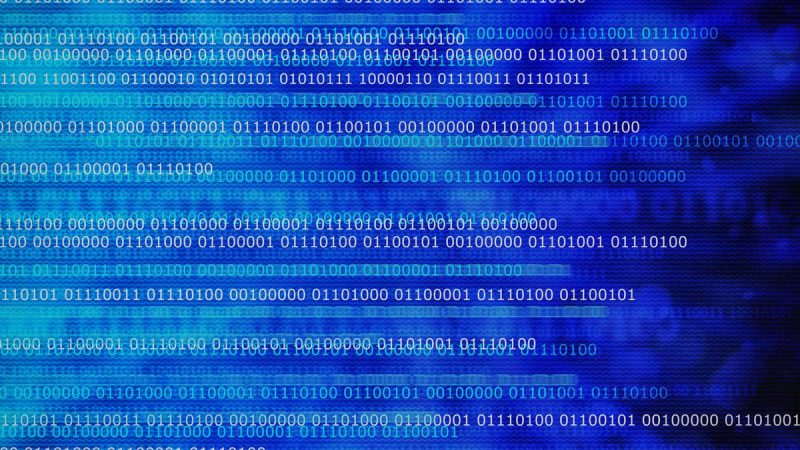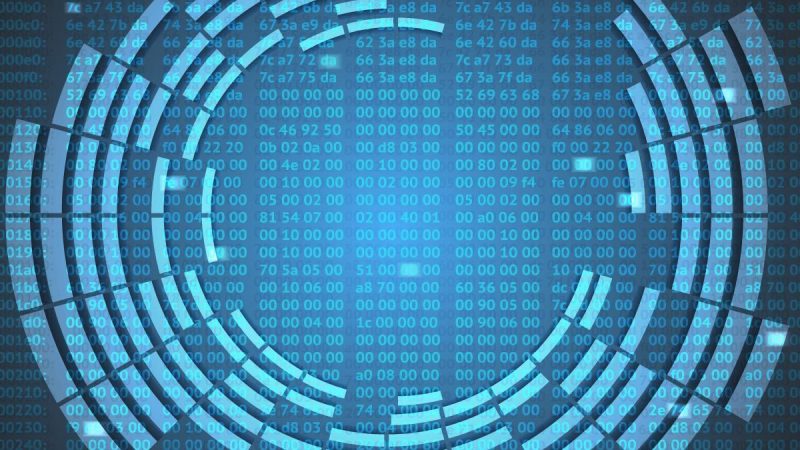
The “Red October” Campaign – An Advanced Cyber Espionage Network Targeting Diplomatic and Government Agencies
Here’s a link to the full paper (part 1) about our Red October research. During the next days, we’ll be publishing Part 2, which contains a detailed technical analysis of all the known modules. Please stay tuned. During the past five years, a high-level cyber-espionage campaign has successfully infiltrated computer networks at diplomatic, governmental and










